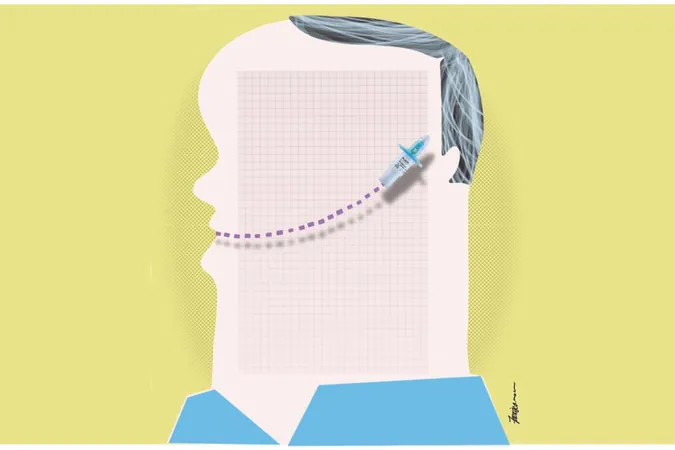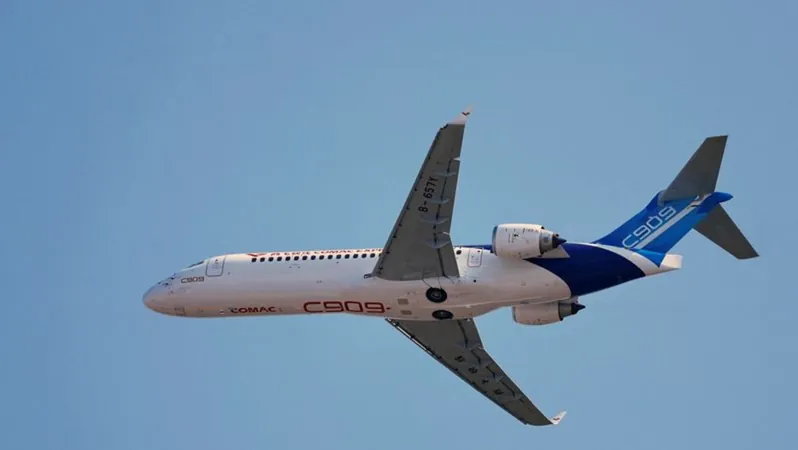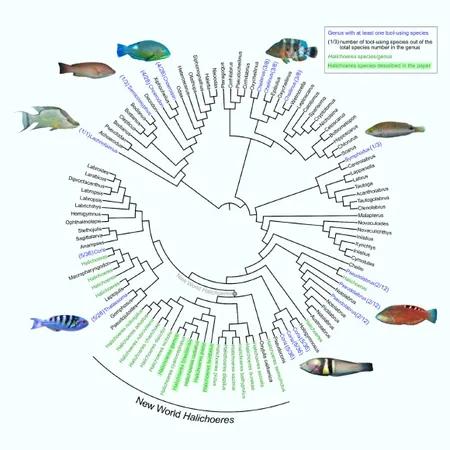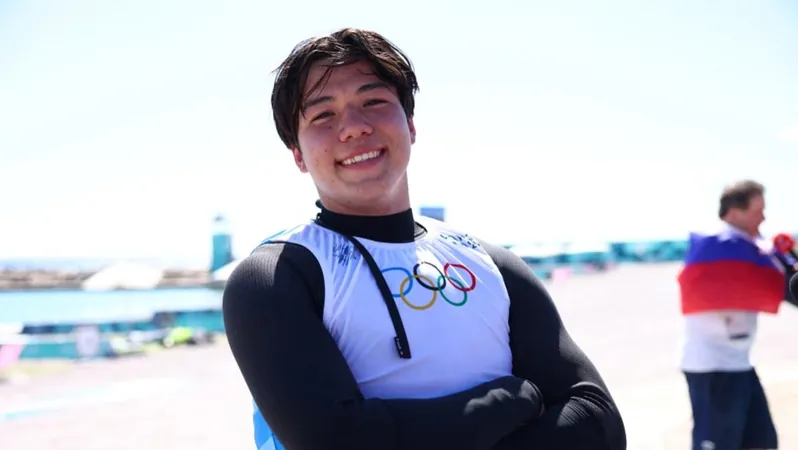
Ketamine: A Revolutionary Treatment for Severe Depression in Singapore
2025-01-21
Author: John Tan
SINGAPORE – In recent years, ketamine, primarily known as a horse tranquilizer and recreational drug, has emerged as a groundbreaking treatment for individuals grappling with severe depression in Singapore. Since its introduction in October 2020, when the Health Sciences Authority greenlit the use of esketamine nasal spray for depression, numerous success stories have unfolded across the city-state.
Prominent psychiatrists have reported positive outcomes for their patients; notably, four of them indicated that most patients reached remission or significant recovery. In contrast, another psychiatrist noted a one-third remission rate among his 16 treated patients, with around half showing a 50% reduction in their symptoms. Consultant psychiatrist Christopher Chan emphasized, "This is a high success rate compared to other antidepressant options."
Initially considered a secondary choice, Spravato—the ketamine nasal spray produced by pharmaceutical giant Johnson & Johnson—has now taken center stage in the treatment of resistant depression. Recommended in leading clinical guidelines, the spray serves patients who have not responded to two or more traditional medications and also those at risk of suicide.
As of late 2024, Spravato generated an impressive US$780 million (about S$1.07 billion) in revenue for Johnson & Johnson, positioning it on track to become a “blockbuster drug” with projections of over $1 billion in annual sales. The drug’s irresistible appeal lies in its fast-acting effects; patients have reported feeling better within just two treatment sessions, often providing a glimmer of hope in what can feel like an unending battle against despair.
Dr. Victor Kwok, a senior consultant psychiatrist who has been administering Spravato since December 2020, explained the treatment process. Patients are required to self-administer the nasal spray under medical supervision in a calming, dimly lit environment. During the procedure, they can listen to music of their choice, creating a more soothing experience. Patients generally spend about 1.5 hours in this environment post-administration, allowing the drug’s effects to take hold.
The first few sessions, known as the induction phase, can be challenging for some patients, possibly evoking intense emotional responses. Though dissociation—which may feel like an out-of-body experience—is the most common side effect, most patients acclimatize as they progress to the maintenance phase. This phase allows for greater independence, with some individuals even capable of engaging in activities like reading or grocery shopping.
With a unique mechanism of action, ketamine works differently than traditional antidepressants by increasing glutamate levels in the brain, a neurotransmitter that previous medications do not target. This has led some psychiatrists, such as Dr. Adrian Wang, to highlight its efficacy. He reports a remarkable success rate, with only two out of 17 patients failing to respond to the treatment.
However, it is crucial for psychiatrists to carefully select candidates for this therapy. Disqualifying factors include tendencies toward addiction or existing personality disorders. Safety precautions are in place, as administration occurs exclusively in clinical settings with controlled doses, significantly reducing the risks of misuse.
Despite its potential benefits, the high cost of Spravato treatment remains a significant barrier. Averaging around $1,000 per session, patients often find themselves carrying a hefty financial burden. For instance, a marketing executive shared her experience of spending over $55,000 on treatment within 1.5 years. Many insurance companies do not cover such expenses due to the newness of the therapy and its limited application to the most severe cases.
While a more affordable intravenous ketamine option recently debuted at the Institute of Mental Health, it is not available in private clinics, making access difficult for some patients. However, experts argue the cost can be weighed against alternative treatments, such as electroconvulsive therapy, which often involve more significant emotional and psychological distress.
For individuals like the 27-year-old marketing executive, the investment has yielded transformative results. After years of struggling with ineffective traditional treatments and contemplating suicide, she turned to Spravato and eventually found renewed energy and hope, illustrating the potential life-altering impact of this innovative therapy.
As the conversation around mental health continues to evolve, ketamine represents not just a treatment option, but a beacon of hope for those facing the dark shadows of depression in Singapore.




 Brasil (PT)
Brasil (PT)
 Canada (EN)
Canada (EN)
 Chile (ES)
Chile (ES)
 Česko (CS)
Česko (CS)
 대한민국 (KO)
대한민국 (KO)
 España (ES)
España (ES)
 France (FR)
France (FR)
 Hong Kong (EN)
Hong Kong (EN)
 Italia (IT)
Italia (IT)
 日本 (JA)
日本 (JA)
 Magyarország (HU)
Magyarország (HU)
 Norge (NO)
Norge (NO)
 Polska (PL)
Polska (PL)
 Schweiz (DE)
Schweiz (DE)
 Singapore (EN)
Singapore (EN)
 Sverige (SV)
Sverige (SV)
 Suomi (FI)
Suomi (FI)
 Türkiye (TR)
Türkiye (TR)
 الإمارات العربية المتحدة (AR)
الإمارات العربية المتحدة (AR)